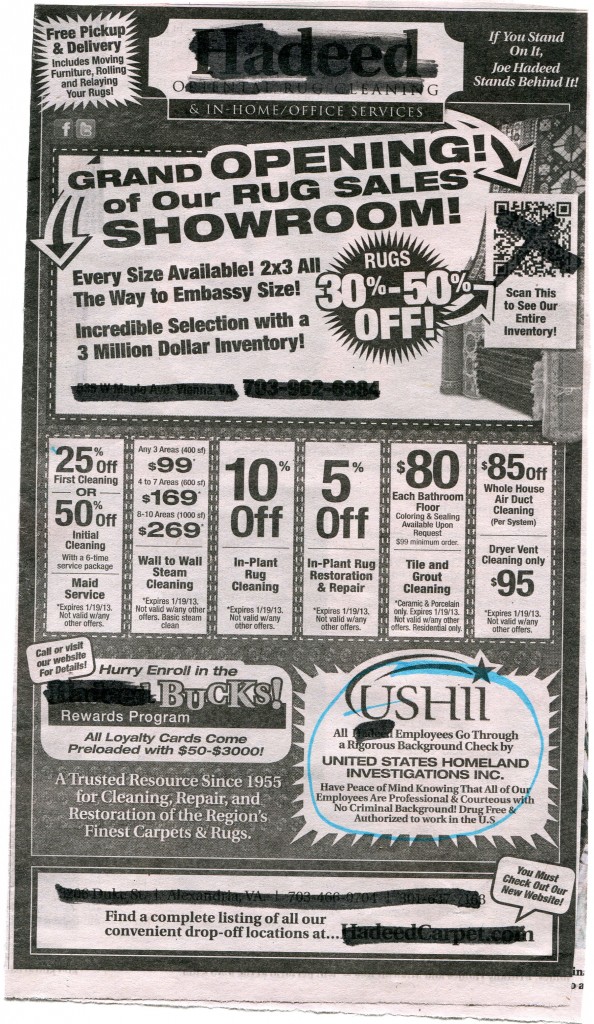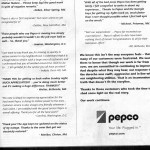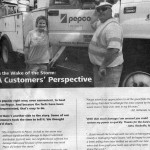Getting a reality check
Last night I attended an event where the sole purpose was to get feedback on a new website from community attendees. It was fairly informal–the creators of the website asked for opinions and reactions to the website, which you did on a one-to-one basis.
I found this exercise incredibly interesting because it can be so useful. But I wonder how often it is done. My sense is that it isn’t done often enough! The examples abound: websites that are hard to navigate, brochures that are pointless, ads that fail to entice, and on and on.
Get a reality check!
As a marketer or communications person, you should seek outside opinions. This is why in-house communications often employs consultants or agencies. This is why market research exists. But even (perhaps especially) if you are a entrepreneur, you should find someone to discuss your marketing, positioning or other business-related issues. Everybody needs a reality check!
There are structured ways to get a reality check. As mentioned above, you could hire a consultant (for personal marketing, perhaps this consultant is a life coach or therapist).
- Big businesses could hire a market research firm.
- Nonprofits can tap into their board of directors or their volunteers.
- Entrepreneurs or solopreneurs may consider joining a peer group or create an ad-hoc advisory council of trusted people.
- Smaller businesses can conduct informal focus groups like the one I attended.
You most definitely need to conduct a reality check BEFORE you launch–an idea, a product, a marketing piece or a website. Many businesses seem to be afraid of hearing that their idea/ad campaign/marketing materials may be missing the mark.
However scary or uncomfortable it may be, getting a reality check will be immensely valuable. It’s easier to fix something before it is out there in the public eye.
Do you get reality checks? If so, from whom or how? Please share in the comments.
About Deborah Brody
Deborah Brody writes and edits anything related to marketing communications. Most blog posts are written under the influence of caffeine.









